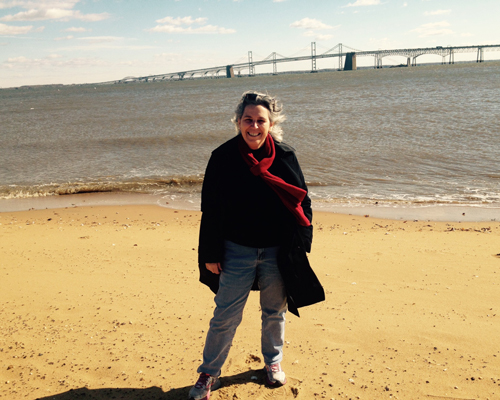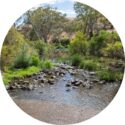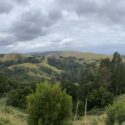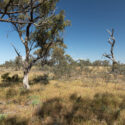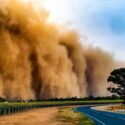Diffuse source water pollution in Australia and the US – a comparative law perspective
Natural Decisions colleague, Anna Roberts, together with Robin Kundis Craig (William H. Leary Professor of Law at the University of Utah) have just had published a new paper that presents a comparative law view of nonpoint source/diffuse source water pollution issues in the US and Australia.
Titled “When Will Governments Regulate Nonpoint Source Pollution? A Comparative Perspective”, the paper appears in the Boston College Environmental Affairs Law Review.
Here’s the abstract.
While the United States’ Clean Water Act does not directly regulate nonpoint source water pollution, it does provide mechanisms that prompt states to address nonpoint source water quality problems within their borders. This prompt, however merely raises the next question: when, or under what political conditions, will states actually do so? While individual states within the United States provide many bases for comparison, this Article examines the issue of prompting nonpoint source regulation from an international comparative perspective, focusing on the nascent efforts of the Australian states of Victoria and Queensland to address nonpoint source pollution and the potential lessons from the various U.S. states’ histories of nonpoint source regulation. Specifically, this Article’s examination of nonpoint source management in various U.S. states suggests: (1) there will be little political will to regulate water quality until water quality problems become obvious to the relevant populace; (2) agricultural sources of nonpoint source pollution generally create the most significant political resistance to regulation; but (3) important countervailing interests in water quality—such as water-based tourism and recreational interests, drinking water quality, and/or culturally important fisheries—can sometimes overcome at least some political resistance to nonpoint source regulation. Translating these lessons to Australia, open source water supply catchments in Victoria and agriculturally-induced water quality impacts to the Great Barrier Reef in Queensland may present the best political opportunities to create regulatory requirements for upstream agricultural nonpoint sources. Still, institutional reform and increased political will at both the state and federal levels are needed. In particular, the Australian Commonwealth Government must become the leader in improving water quality for the Great Barrier Reef.
You can access the PDF of the article either on SSRN, http://papers.ssrn.com/sol3/papers.cfm?abstract_id=2514350, or through the BCEALR web site, http://lawdigitalcommons.bc.edu/ealr/
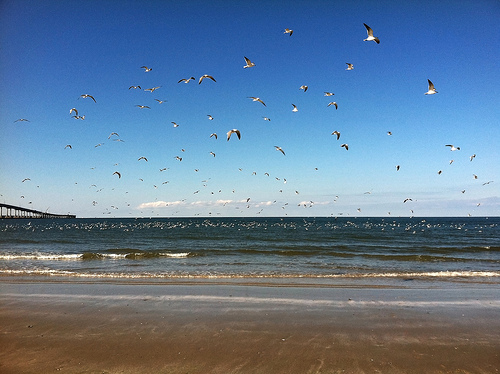
Gulls fly over the beach and Chesapeake Bay at Fisherman Island National Wildlife Refuge, by the Chesapeake Bay Bridge-Tunnel on Virginia’s Eastern Shore.
Image source: Chesapeake Bay Program
Posted 30 January 2015 in News















